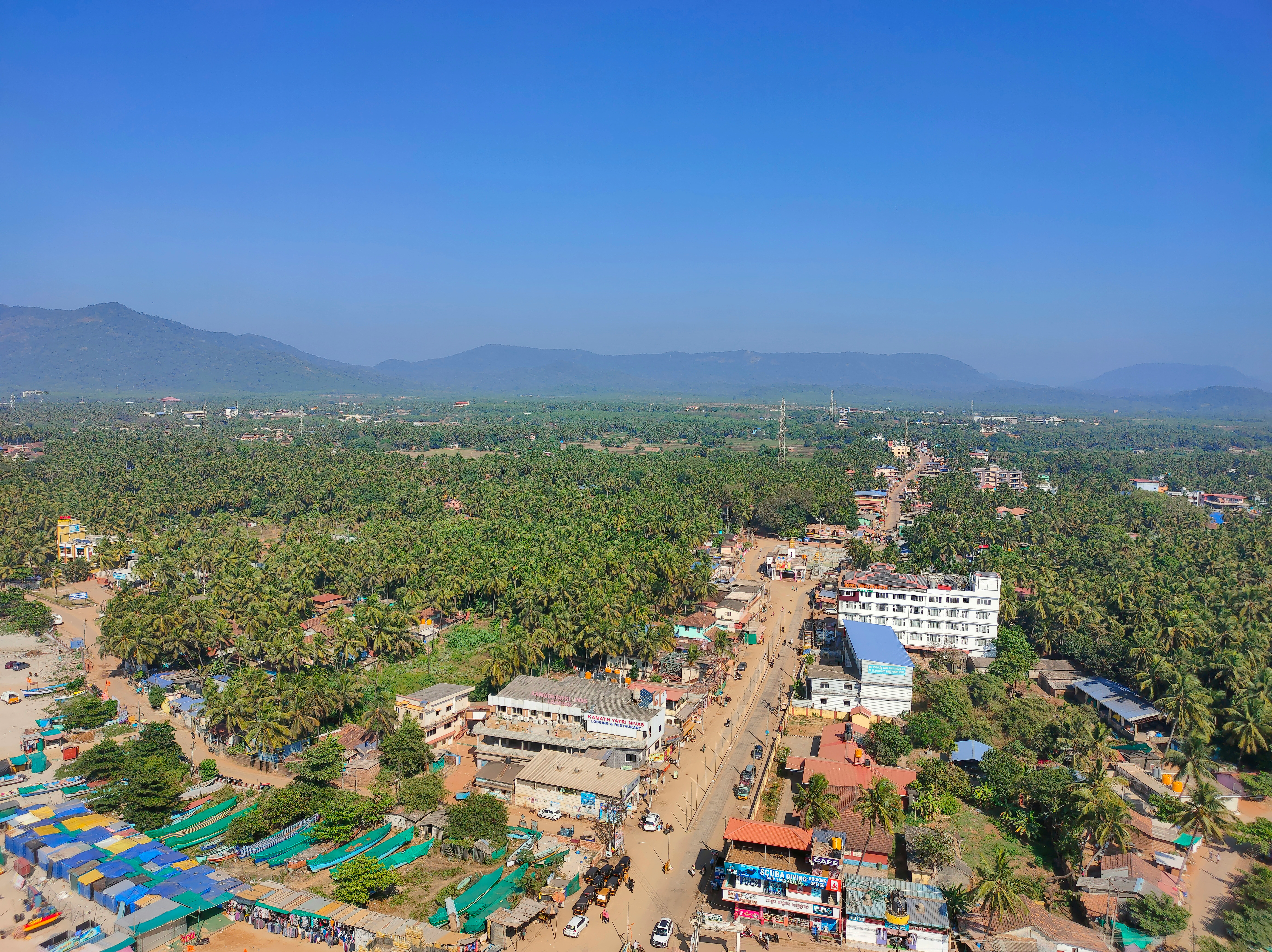- A powerful earthquake a month ago has resulted in over 5,400 deaths and widespread destruction, making it the deadliest global seismic event since 2023.
- Ongoing civil war following the 2021 coup is severely hampering rescue and aid efforts, with accusations of the junta obstructing assistance in opposition-held areas.
- Significant cuts to US foreign aid, implemented before the earthquake, have reduced the capacity for effective international response and further strained already limited resources.
Almost a month has passed since the powerful magnitude 7.7 earthquake struck Myanmar on March 28, 2025, leaving a trail of destruction and immense human suffering. The latest figures paint a grim picture, with over 5,400 lives lost and countless others injured. The earthquake’s impact extends beyond human casualties, with widespread damage to homes, essential infrastructure, and irreplaceable historical sites, solidifying its place as the deadliest seismic event globally since the 2023 Turkey-Syria earthquakes.
A Nation Under Siege: The Shadow of Civil War
The earthquake has tragically compounded the existing crisis in Myanmar, a nation already ravaged by a brutal civil war that erupted following the 2021 military coup. For over four years, the junta’s forces have been engaged in fierce conflict with a multitude of ethnic armed groups and pro-democracy resistance movements. This ongoing conflict has not only displaced millions and created a dire humanitarian situation prior to the earthquake but has also severely impeded rescue and relief efforts in the disaster’s aftermath. The logistical challenges of reaching affected areas, coupled with security concerns stemming from the active conflict zones, have significantly slowed down the delivery of much-needed aid.
Politicization of Aid and Restricted Access
Disturbingly, reports have emerged suggesting that the military junta is obstructing the delivery of aid to regions held by opposition forces. While assistance appears to be reaching areas under the junta’s control, those with a strong presence of resistance groups are reportedly receiving less urgent and adequate support. This alleged politicization of aid distribution is exacerbating the suffering of the earthquake survivors in these contested areas, highlighting the deeply entrenched divisions within the country and the challenges faced by humanitarian organizations attempting to reach all those in need.
The Impact of US AID Cuts
Adding another layer of complexity to this already dire situation are the significant cuts to US foreign aid to Myanmar. These reductions, implemented prior to the earthquake, have resulted in the termination of numerous vital humanitarian programs and created a substantial funding shortfall for organizations working on the ground. The dismantling of USAID’s established infrastructure has severely curtailed the US’s capacity to mount a swift and substantial response to this natural disaster, a stark contrast to its historical role in providing rapid assistance during similar crises. While the US has pledged some emergency relief in the wake of the earthquake, the overall impact of the aid cuts is undeniably being felt, further hindering rescue operations and the delivery of critical assistance to those most affected.
A Humanitarian Catastrophe Amplified
The tragic convergence of a catastrophic natural disaster, a protracted and brutal civil war, and substantial reductions in international aid has created a humanitarian catastrophe of immense proportions in Myanmar. The earthquake has not only inflicted immediate and devastating losses but has also placed an unbearable strain on the already depleted resources and fragile infrastructure due to the ongoing conflict. The alleged politicization of aid distribution and the diminished capacity of key international donors like the US are significantly complicating recovery efforts, leaving the vulnerable population in an increasingly precarious situation as the aftershocks of this multifaceted crisis continue to ripple across the nation.

